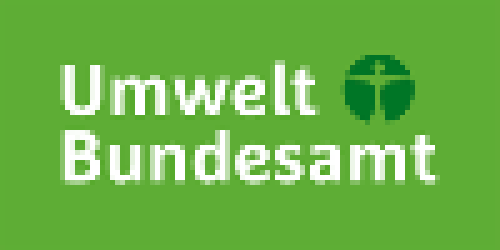meta data for this page
Differences
This shows you the differences between two versions of the page.
| sector:energy:fugitive:solid_fuels:start [2021/03/17 14:32] – Fixed title levels: accessibility demands no empty levels 6 to 5 instead of 6 to 4 gniffke | sector:energy:fugitive:solid_fuels:start [2024/11/06 16:10] (current) – external edit 127.0.0.1 | ||
|---|---|---|---|
| Line 8: | Line 8: | ||
| | 1.B.1.a | | 1.B.1.a | ||
| | 1.B.1.b | | 1.B.1.b | ||
| + | |||
| + | . | ||
| + | |||
| + | {{page> | ||
| + | |||
| + | . | ||
| The source category Solid fuels (1.B.1) consists of two sub-source subcategories – the source subcategory Coal mining (1.B.1.a) and the source subcategory Coal transformation (1.B.1.b). This chapter discusses fugitive emissions from coal mining, coal handling, including door leakages from coke ovens and quenching (emissions from the furnace are covered by category 1.A.1.c), and emissions from the beneficiation of solid fuels. In the mining sector, a distinction is made between open-pit mines, in which raw materials are extracted from pits open to the surface, and closed-pit mines, in which seams are mined underground. In Germany, hard coal used to be mined in closed-pits only (until 2018), while lignite is mined in four coal fields since 2003 with the open-pit method only. | The source category Solid fuels (1.B.1) consists of two sub-source subcategories – the source subcategory Coal mining (1.B.1.a) and the source subcategory Coal transformation (1.B.1.b). This chapter discusses fugitive emissions from coal mining, coal handling, including door leakages from coke ovens and quenching (emissions from the furnace are covered by category 1.A.1.c), and emissions from the beneficiation of solid fuels. In the mining sector, a distinction is made between open-pit mines, in which raw materials are extracted from pits open to the surface, and closed-pit mines, in which seams are mined underground. In Germany, hard coal used to be mined in closed-pits only (until 2018), while lignite is mined in four coal fields since 2003 with the open-pit method only. | ||
| <WRAP center round box 80%> | <WRAP center round box 80%> | ||
| - | Unitil 2018 Germany produced significant amounts of hard coal in underground mines. Since 2019, hard coal has been imported exclusively. NMVOC emissions are considered insignificant as the coal outgased along the import route. Particle emissions from loading and unloading as well as storage are reported under 2.L(a) - "Handling of Bulk Products" | + | Unitil 2018 Germany produced significant amounts of hard coal in underground mines. Since 2019, hard coal has been imported exclusively. NMVOC emissions are considered insignificant as the coal outgased along the import route. Particle emissions from loading and unloading as well as storage are reported under |
| </ | </ | ||
| Line 73: | Line 79: | ||
| <WRAP center round box 50%> | <WRAP center round box 50%> | ||
| - | Use of charcoal (includes wood only) and barbecue coal (includes wood and lignite briquetts) is reported under 2.G.4. The production of lignite briquettes is reported under 1.B.1.b. | + | Use of charcoal (includes wood only) and barbecue coal (includes wood and lignite briquetts) is reported under [[sector: |
| </ | </ | ||
| Line 87: | Line 93: | ||
| ===== Recalculations ===== | ===== Recalculations ===== | ||
| - | will be published later - in meantime please | + | Please |
| ===== Planned improvements ===== | ===== Planned improvements ===== | ||
| Line 103: | Line 109: | ||
| [(EMEPEEA2016> | [(EMEPEEA2016> | ||
| [(NEULICHT1995> | [(NEULICHT1995> | ||
| - | [(MEINERS2014> | + | [(MEINERS2014> |
| - | [(KOHLENWIRTSCHAFT> | + | [(KOHLENWIRTSCHAFT> |

